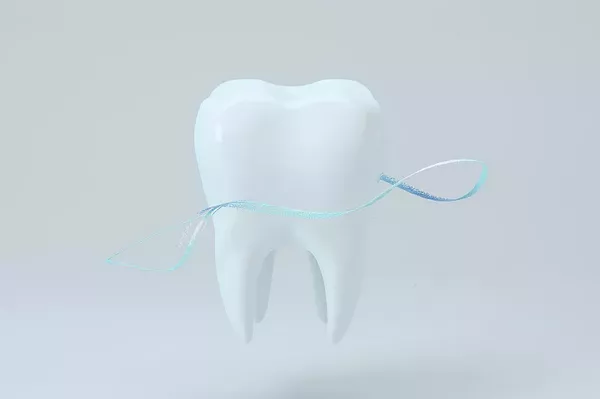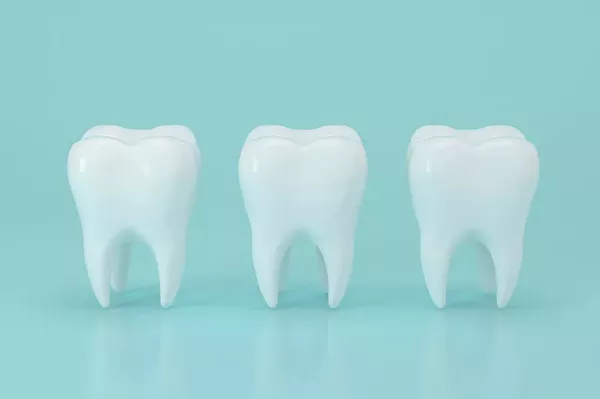The prospect of getting a cavity filled can be a source of anxiety for many people. However, understanding the process and what to expect can help alleviate some of those fears. In this article, we will take you through the experience of getting a cavity filled, from the initial appointment to post-treatment care, so you can approach the procedure with confidence and a better understanding.
The Dental Appointment
Scheduling the Appointment:
When you suspect you have a cavity or when your dentist identifies one during a routine check-up, the first step is scheduling an appointment to address it. Dental offices typically have administrative staff who can assist you in setting up the appointment.
Reviewing Your Medical History:
At the dental office, you’ll be asked to provide or update your medical history. It’s crucial to disclose any allergies, current medications, or medical conditions that could impact the treatment.
X-rays and Examination:
Before proceeding with the filling, the dentist may take X-rays to assess the extent of the cavity. The dentist will then examine your teeth to determine the most suitable filling material and treatment plan.
The Filling Procedure
Anesthesia:
Before beginning the filling procedure, the dentist will numb the area around the affected tooth using a local anesthetic. This ensures that you won’t feel any pain during the treatment.
Tooth Preparation:
The dentist will use a drill, laser, or air abrasion instrument to remove the decayed part of the tooth. This step creates space for the filling material.
Filling Material Selection:
The choice of filling material will depend on factors such as the cavity’s location and your preference. Common options include amalgam (silver), composite resin (tooth-colored), gold, and porcelain.
Filling Placement:
Once the tooth is prepared, the dentist will place the chosen filling material into the cavity. They will carefully shape and mold it to ensure it fits comfortably within your bite.
Curing (for Composite Fillings):
If a composite resin filling is used, the dentist will use a special light to harden the material. This process is quick and typically takes only a few seconds.
Checking Your Bite:
The dentist will check your bite to ensure that it’s not too high, which could cause discomfort or affect your bite’s alignment. If necessary, adjustments will be made.
Post-Filling Care and Sensations
Sensitivity:
It’s common to experience some sensitivity immediately after getting a cavity filled. This sensitivity should diminish within a few days to a couple of weeks.
Pain Relief:
Over-the-counter pain relievers can help manage any post-procedure discomfort. Follow your dentist’s recommendations or prescription, if provided.
Eating and Drinking:
Avoid consuming extremely hot or cold foods and drinks for a few days to minimize sensitivity. Stick to a soft diet if you experience discomfort while chewing.
Oral Hygiene:
Maintain good oral hygiene practices, including regular brushing and flossing, to prevent further cavities. Your dentist may recommend a specific toothpaste or mouthwash.
Follow-Up Appointments:
Attend any scheduled follow-up appointments to ensure that the filling is properly integrated and functioning as intended.
Conclusion
Getting a cavity filled is a common dental procedure that is designed to alleviate pain and prevent further decay. While the idea of dental work can be intimidating, the process is relatively straightforward, and advances in dental technology have made it more comfortable than ever before. By understanding what to expect and following your dentist’s guidance for post-filling care, you can maintain a healthy smile and prevent further dental issues in the future. Remember that regular dental check-ups are crucial for catching and addressing cavities early, which can ultimately reduce the need for extensive treatments.
Related Topics:






























